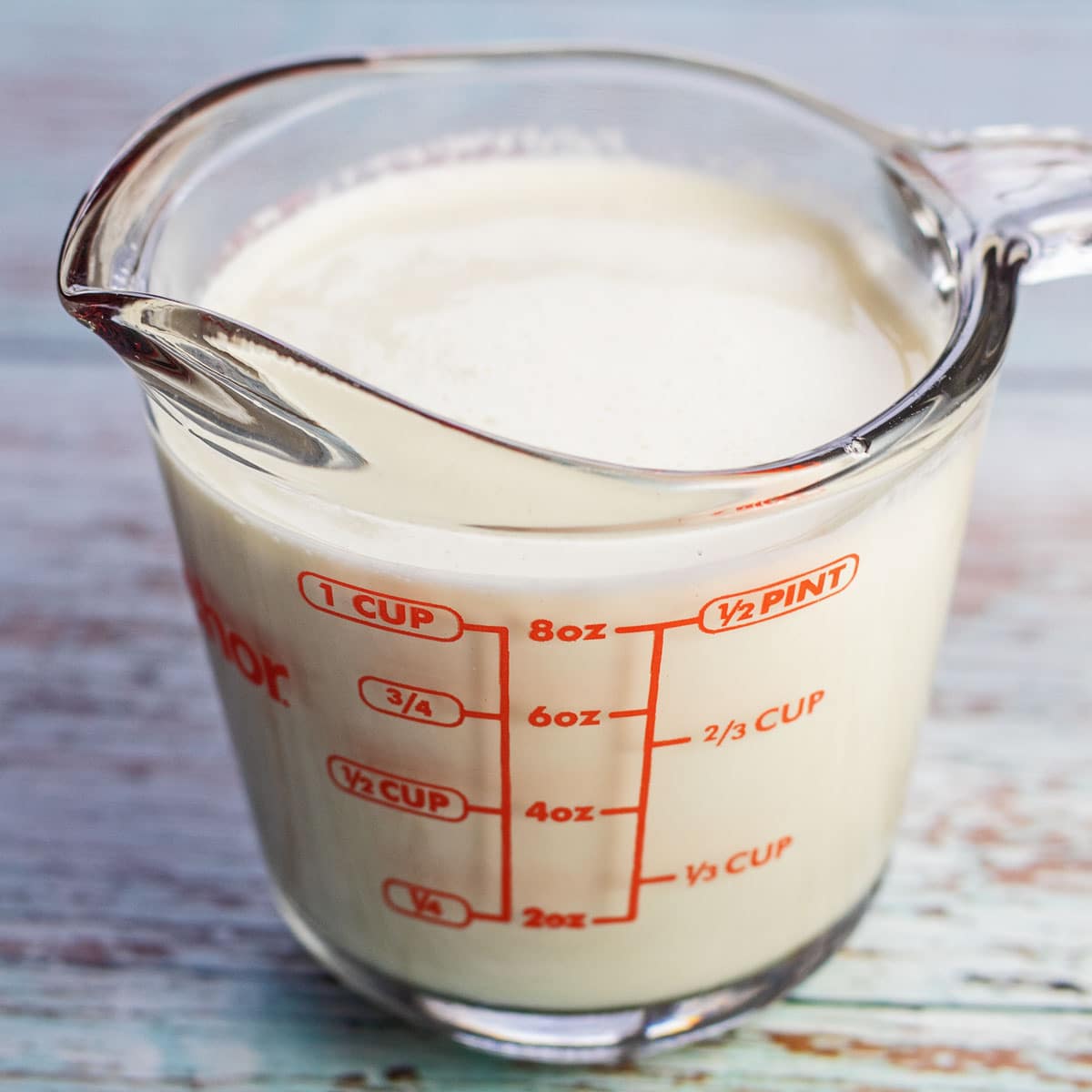Whipping cream is a versatile ingredient that can elevate any dessert or dish. But how much whipped cream do you get from a cup of whipping cream? 1 Cup Whipping Cream Equals How Much Whipped? Let’s dive into the conversions, factors, and uses of whipped cream to find out.
One cup of whipping cream yields approximately 2-3 cups of whipped cream, depending on factors like whipping speed and cream quality. Understanding these factors and using the right techniques will help you achieve the desired consistency and volume for your culinary creations.
Equivalents and Conversions
Whipping cream, a versatile dairy product, undergoes a transformation when whipped, resulting in a significant increase in volume. Understanding the conversion ratio between whipping cream and whipped cream is crucial for culinary success.
One cup of whipping cream can yield a generous amount of whipped cream, perfect for topping desserts or adding a fluffy touch to beverages. Just like the boundless possibilities in the world of Hello world! , the volume of whipped cream can vary depending on factors like the fat content and whipping technique.
However, understanding the conversion between whipping cream and whipped cream can help you plan your culinary creations with precision.
One cup of whipping cream, when whipped to soft peaks, yields approximately 2 to 2 1/2 cups of whipped cream. This represents a conversion ratio of 1:2 to 1:2.5. The exact volume of whipped cream obtained depends on factors such as the whipping technique, the type of cream used, and the temperature.
Conversion Table, 1 Cup Whipping Cream Equals How Much Whipped?
The following table provides a quick reference for converting different amounts of whipping cream to whipped cream volume:
| Whipping Cream (cups) | Whipped Cream (cups) |
|---|---|
| 1 | 2
|
| 1/2 | 1
|
| 1/4 | 1/2
|
| 1/8 | 1/4
|
Factors Affecting Whipped Cream Volume

Whipping cream transforms into a fluffy, airy delight, but the volume it achieves depends on several crucial factors. Understanding these factors will empower you to create whipped cream with the desired texture and consistency.
Whipping Speed
The speed at which you whip the cream significantly impacts its volume. Whipping too slowly may not incorporate enough air, resulting in a thin and liquidy consistency. Conversely, over-whipping can cause the cream to separate, leading to a grainy texture and reduced volume.
For optimal results, start whipping at a medium speed and gradually increase it as the cream thickens. This allows for the gradual incorporation of air without overworking the cream.
Temperature
Both the cream and the bowl you use should be chilled before whipping. Cold cream whips more easily and incorporates more air, resulting in a greater volume. Using a chilled bowl prevents the cream from warming up too quickly during the whipping process.
It’s important to avoid over-chilling the cream, as this can make it difficult to whip. Aim for a temperature of around 35-40°F (2-4°C) for optimal whipping conditions.
Cream Quality
The quality of the cream you use plays a crucial role in determining the volume of whipped cream. High-fat cream (35% or higher) whips better and produces a more stable whipped cream with a greater volume compared to low-fat or non-fat cream.
Fresh cream also whips better than cream that has been stored for an extended period. Look for cream with a smooth, even texture and no signs of separation.
Applications and Uses of Whipped Cream
Whipped cream is a versatile culinary ingredient with numerous applications in the world of desserts and beyond. Its light and fluffy texture, combined with its sweet and creamy flavor, makes it an ideal topping, filling, or garnish for a wide variety of dishes.Whipped
cream adds a touch of elegance and sophistication to any dessert. It can be used to top cakes, pies, tarts, and mousses, providing a rich and indulgent finishing touch. Its delicate texture complements the sweetness of desserts without overpowering their flavors.Beyond
desserts, whipped cream also finds its place as a topping for beverages such as coffee, hot chocolate, and milkshakes. It adds a creamy and frothy layer that enhances the taste and presentation of these drinks.Whipped cream can also be used as a filling for pastries and éclairs, providing a light and airy texture that balances the richness of the pastry dough.
Its versatility extends to savory dishes as well, where it can be used as a topping for soups and stews, adding a touch of creaminess and richness.Here are some specific examples of recipes or dishes that showcase the use of whipped cream:
- Chocolate mousse topped with whipped cream
- Fruit tarts with whipped cream filling
- Pumpkin pie with whipped cream topping
- Tiramisu with whipped cream layers
- Coffee with whipped cream
- French onion soup with whipped cream topping
Whipped cream not only enhances the presentation of dishes but also adds a delightful flavor and texture that complements a wide range of culinary creations. Its versatility makes it an indispensable ingredient in the kitchen of any home cook or professional chef.
Ultimate Conclusion

Whipped cream adds a touch of elegance and flavor to countless desserts and dishes. Whether you’re topping off a pie, decorating a cake, or creating a light and airy mousse, understanding how to whip cream properly and the factors that affect its volume will ensure you achieve the perfect results every time.
Frequently Asked Questions: 1 Cup Whipping Cream Equals How Much Whipped?
Can I whip cream without a mixer?
Yes, you can whip cream by hand using a whisk or a fork, but it will require more effort and time.
How do I stabilize whipped cream?
To stabilize whipped cream and prevent it from deflating, you can add a small amount of cornstarch, gelatin, or cream of tartar.
What is the best way to store whipped cream?
Store whipped cream in an airtight container in the refrigerator for up to 24 hours.